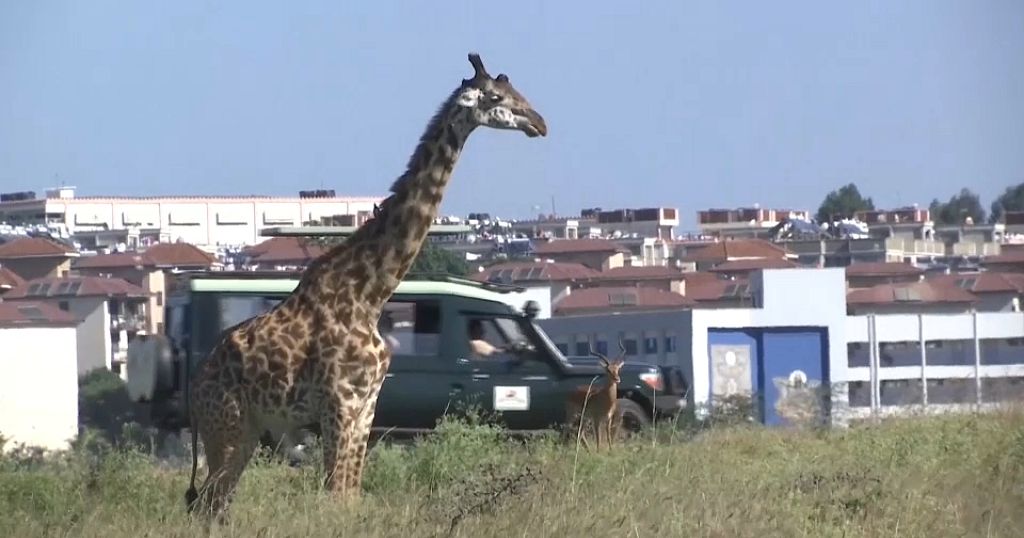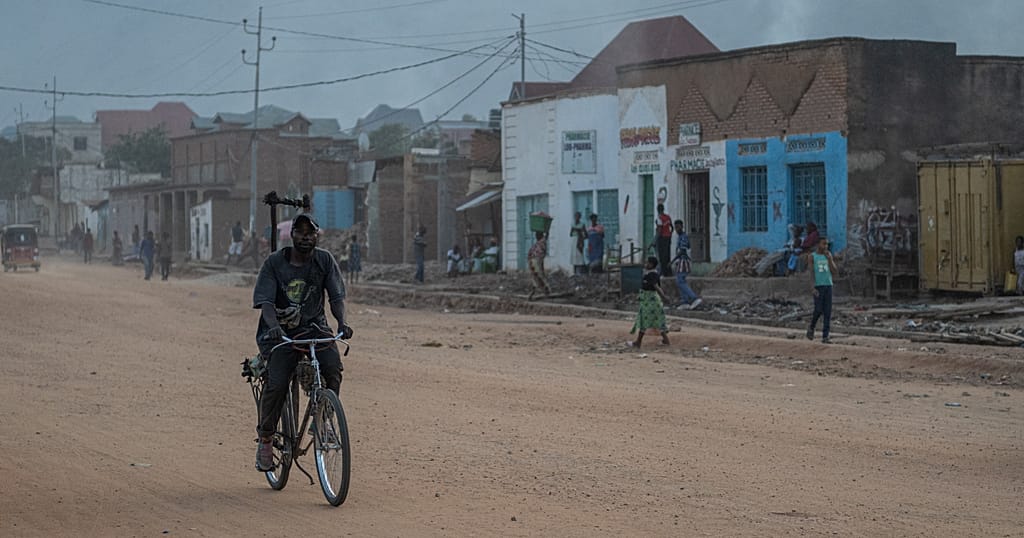Kenya: Nairobi’s national park faces climate and human threats

Nairobi is known as the “Green City in the Sun”, due to its pleasant climate and numerous green spaces. Situated at an attitude of 1,795 meters above sea level, the city enjoys mild temperatures throughout the year.
The bustling metropolis is also home to Nairobi National Park, a wonder that’s located just outside its centre.
The park is a vast wildlife reserve that covers 117 square kilometers. It’s thought to be the only park in the world that’s located within a capital city.
“We are privileged as being the only city that has a natural park,” says Nickson Otieno from Niko Green, a sustainability consulting firm.
“Nairobi rightfully deserves that name because we are a green city that is full of biodiversity, but this is under immense threat,” he adds.
Nairobi National Park is famous for its diverse wildlife that includes lions, rhinos, giraffes, buffalos and various species of antelope.
Visitors usually go on game drives to marvel at the park’s natural habitat.
But experts say Nairobi National Park is faced by a myriad of threats, including pollution, human-wildlife conflict, infrastructure development and poaching.
“Some years back, we had an incident where we had lions walking on the streets, and this is something that we have not seen for generations,” says Otieno.
“That tells us actually we have to rethink how we coexist, how we develop our infrastructure while at the same time conserving the rich nature that we have had as a city,” he adds.
“The biggest challenge for the park is because of the growing population on the periphery,” says conservationist David Mascall.
“Today, we are talking about climate change, we are talking about the importance of clean air. Here we have an environment in the middle of the city where the air is unpolluted, living on the periphery on the southern side is paradise because you are not breathing in all the nonsense and the rubbish, the noise and all the rest of it. Very, very critical to the park,” he adds.
Cities around the world are having to face up to the challenges of human-caused climate change, which fuels more extreme weather such as intense wind, rain and freezing temperatures.
Many cities worldwide have promised to plant more carbon-absorbing trees to help fight climate change.
Research has shown the shade of mature trees also helps reduce unhealthy “heat islands,” especially in poor neighborhoods.
The second session of the U.N.-Habitat Assembly ran 5-9 June 2023.
Source: Africanews















